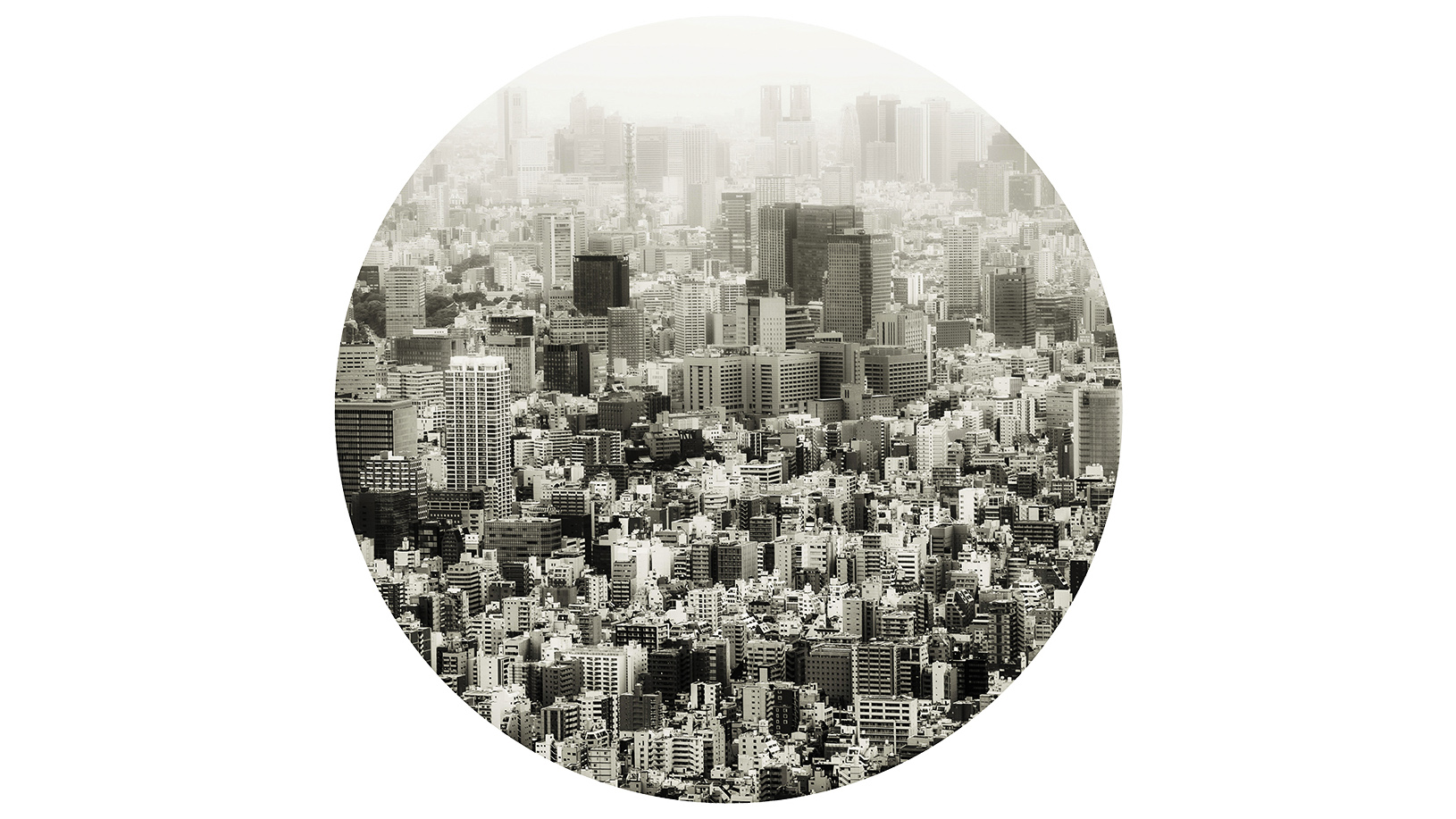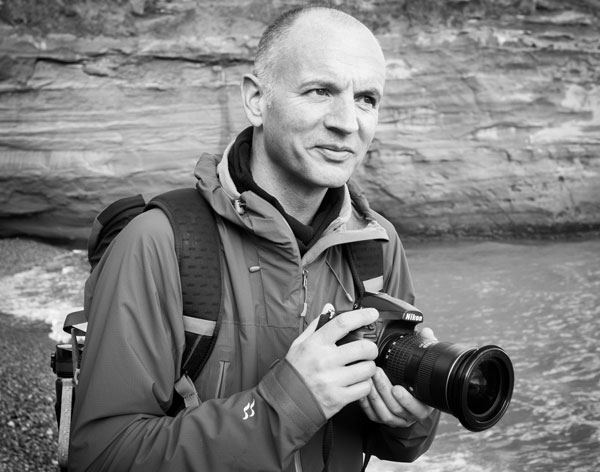

Benedict Brain is a UK-based photographer, journalist and artist. He is an Associate of the Royal Photographic Society and sits on the society’s Distinctions Advisory Panel. He is also a past editor of Digital Camera Magazine, and the author of You Will be Able to Take Great Photos by The End of This Book.
Lately I’ve been travelling vicariously through my hard drives. It’s a helpful reminder of just how lucky I am to have been to all the places I have visited. I’ve also noticed how many projects I seem to start, but never quite finish. I have stumbled through countless visual ideas and photographic musings that remain unresolved, unloved and virtually forgotten in my hard drives. Some of these ideas are best left there – but some have stood the test of time, and are worthy of resurrection or, at the very least, further enquiry.
One such idea I once played with was using the circle as a framing device. Travelling through Japan and Iceland circa 2016 seemed to inspire a burst of circular crops. Looking back, I really like them. I’m struck by the way the circular frame makes an image feel so much more intimate.
Liberated from the tyranny of the straight line, and of the square and the rectangle, the circle is a wonderful way to think about and frame an image. Squares and rectangles suggest hard boundaries; while there’s clearly a boundary with the circle, it feels more infinite, more suggestive of the world outside of the frame. The circle is a more ‘natural’ shape, after all, so it seems logical that it should resonate on a more harmonious level.
Thinking about which images work within a circular crop is perhaps most closely related to the square; while all the ‘rules’ of composition can still be used, you may have to work a little harder to find a balance.
I’ve since cropped a lot of images into a circular frame, but perhaps it seems most fitting that I focused on images from my archive taken in Japan. This image was shot from the top of Tokyo Skytree, at a height of 451 metres. I love the way the receding, layered perspective works in the circle: it seems so much more engaging than the rectangular version.
• Other articles in the Art of Seeing series
Read more:
• The 50 best photographers ever
• 100 best photography quotes from famous photographers
• The best coffee-table books on photography







